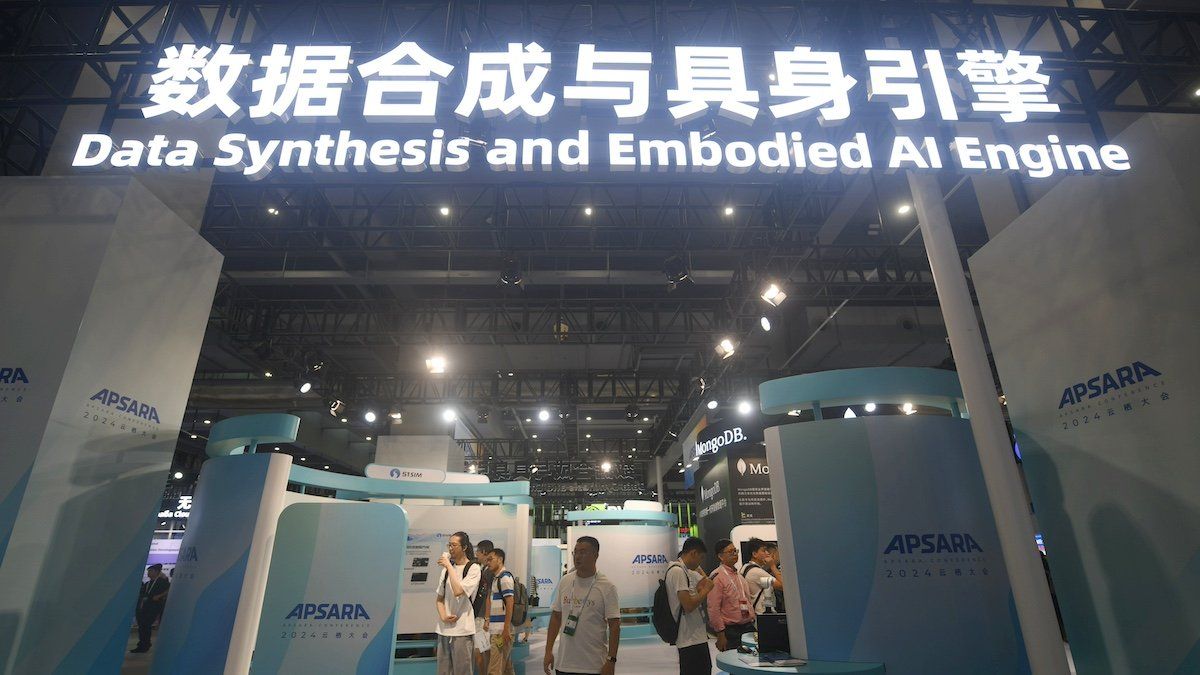100: Alibaba, the Chinese tech giant, launched more than 100 new open-source AI models, collectively known as Qwen 2.5. Many of the models have specific design purposes, such as for automobiles or science research. Alibaba’s models are free to use, but the company sells its cloud services and support to fellow businesses.
100 million: Palantir has won a $100 million US defense contract to give military personnel advanced visualizations of battlefields in real time across different computers. The company will use intelligence data and computer vision technology to make digital replicas of battlefields for real-time decision making.
6: California Gov. Gavin Newsom has six days left to sign SB 1047, the California AI safety bill. He hasn’t signaled whether he’s going to sign it yet, but he recently signed a pair of bills into law that protect performers from artificial intelligence recreations being made without their permission. However, he has said that he’s concerned about the “chilling effect” the bill could have on the state’s tech industry.
1: Vietnam said it’s aiming to build
one semiconductor fabrication plant and 10 packaging plants in the country by 2030. To help, it’ll launch a fund to help foreign investors with taxes on the projects. The country is seeking to evolve from a manufacturing economy to include more high-tech industries such as chip making.
